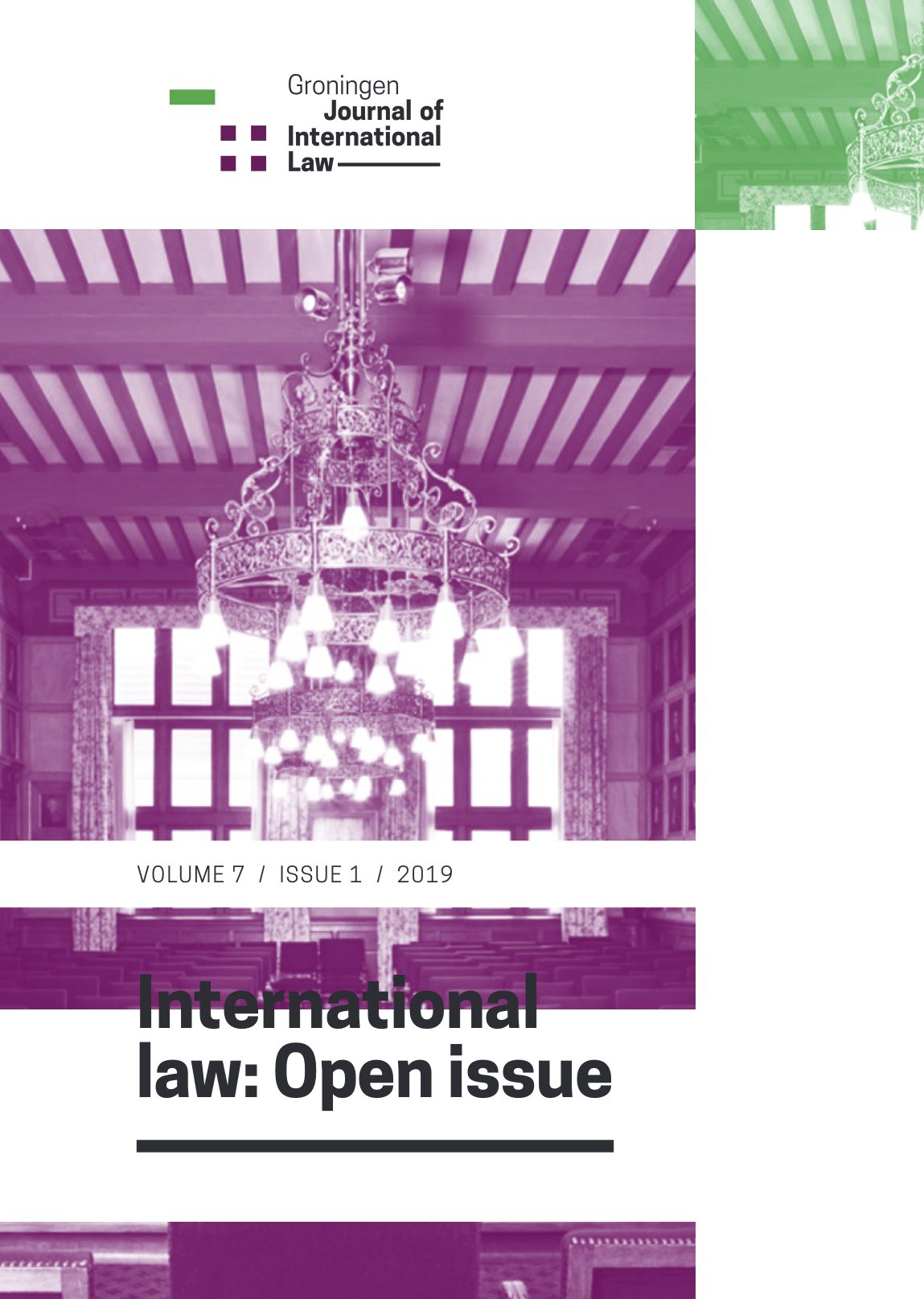The Journey of Cultural Heritage Protection as a Common Goal for Human Kind: Rosenberg to Al-Mahdi
DOI:
https://doi.org/10.21827/5d5141dfbdcbfKeywords:
INTERNATIONAL LAW; CULTURAL HERITAGE DESTRUCTION; ARMED CONFLICTSAbstract
This paper intends to examine and analyse the role, if any, played by motive and intent in the legal qualification and prosecution of cultural heritage destruction. The ongoing power struggles in the Near-East and the Northern Africa regions have had devastating effects on the people living in the region as well as on cultural heritage sites. Nevertheless, such conflict-related destruction of cultural heritage is not new, as exemplified by the persecution of Jews prior to the Second World War. Different legal instruments such as the 1954 Hague Convention for the Protection of Cultural Property in the Event of Armed Conflict and the United Nations Security Council Resolution 2347 were adopted to protect cultural heritage barring importance for all of humankind. By comparing these instruments and assessing different cases, I will study the evolving role of these factors in the legal qualification and prosecution of cultural heritage destruction. As such acts continue to take place in countries such as Syria and Afghanistan and cause the destruction of a millennium’s worth of cultural memorabilia, a better understanding of the reasons behind such occurrences is key to effective prosecution.
Published
Issue
Section
Open Access Creative Commons


